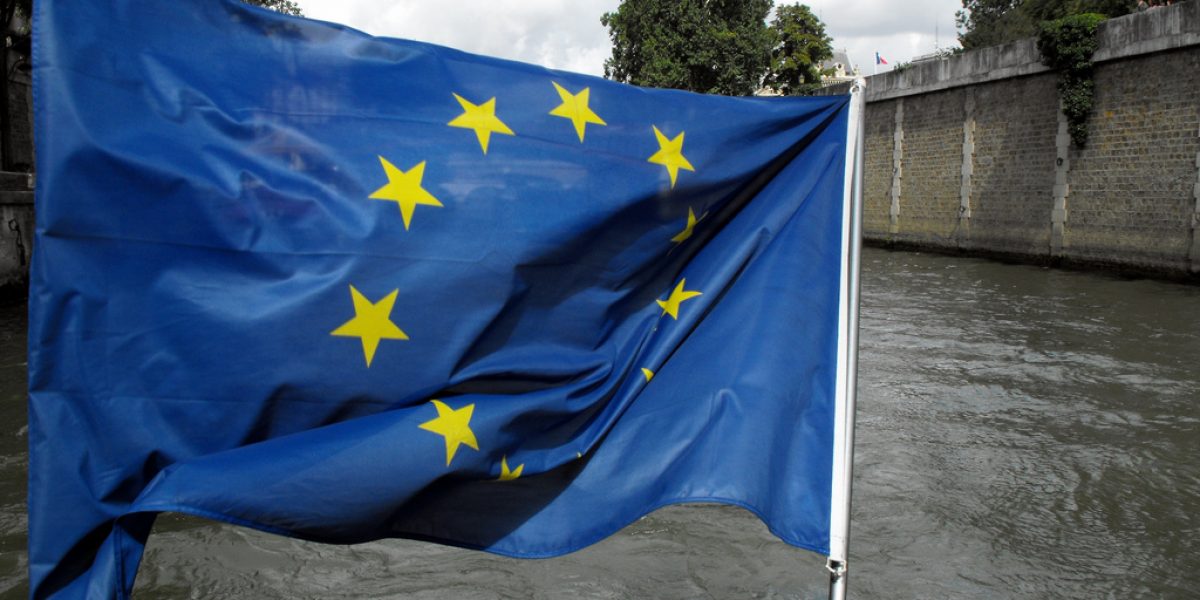This occasional paper focuses on one area of potential co-operation, i.e. China’s and the EU’s aid policies towards Africa, by examining their different approaches to aid and the internal logic behind these differences in order to facilitate mutual understanding. Through comparative studies, the occasional paper points out that, due to their different development stages, different development models and different aid co-operation experiences in Africa, China and the EU have developed different aid principles, priorities and modalities with different logics. Regarding aid principles, China advocates more ‘co-operation’ than ‘aid’ itself, so the country’s main principles guiding the way in which it manages aid are no political conditions attached to aid provisions, two-way co-operation and a win-win formula. The EU considers aid as a one-way instrument to promote Africa’s good governance and sustainable development, so the key principles that it applies are conditionality, one-way benevolence and co-responsibility. Regarding aid priorities and modalities, China puts more emphasis on developing economic infrastructure, with concessional loans as the main instrument, while the EU stresses the development of social infrastructure, especially regarding the issue of government institutional reform, with grants as its main instrument.
However, the occasional paper highlights that these different logics behind the EU’s and China’s policy approaches are not necessarily contradictory. Both sides should shift perspective, putting aside the perception of ‘competing models’, to study the points of overlap and thus open a new window for co-operation. But considering the wide perception gap that exists between the two sides, the author recommends that a practical and pragmatic way to advance co-operation maybe through focusing initially on secondtrack approaches.
SAIIA sincerely thanks those who acted as peer reviewers for this paper.








